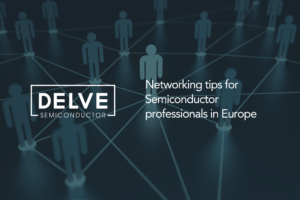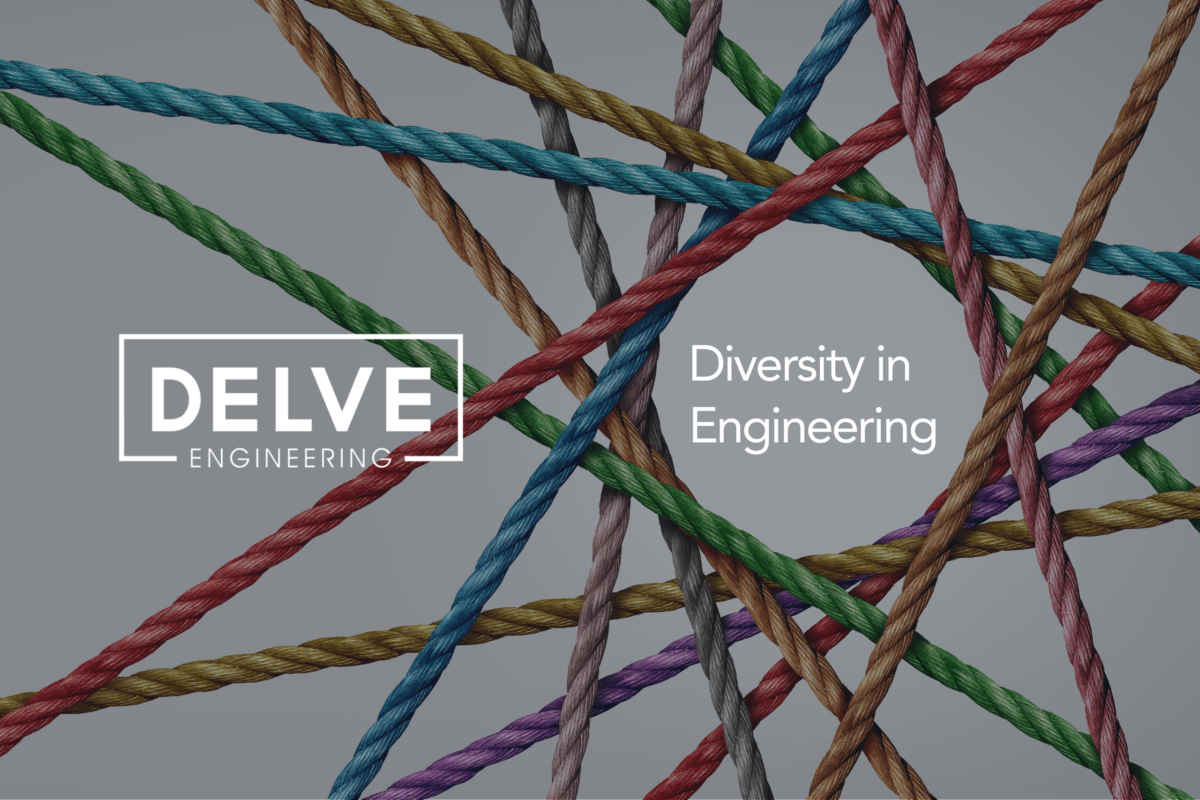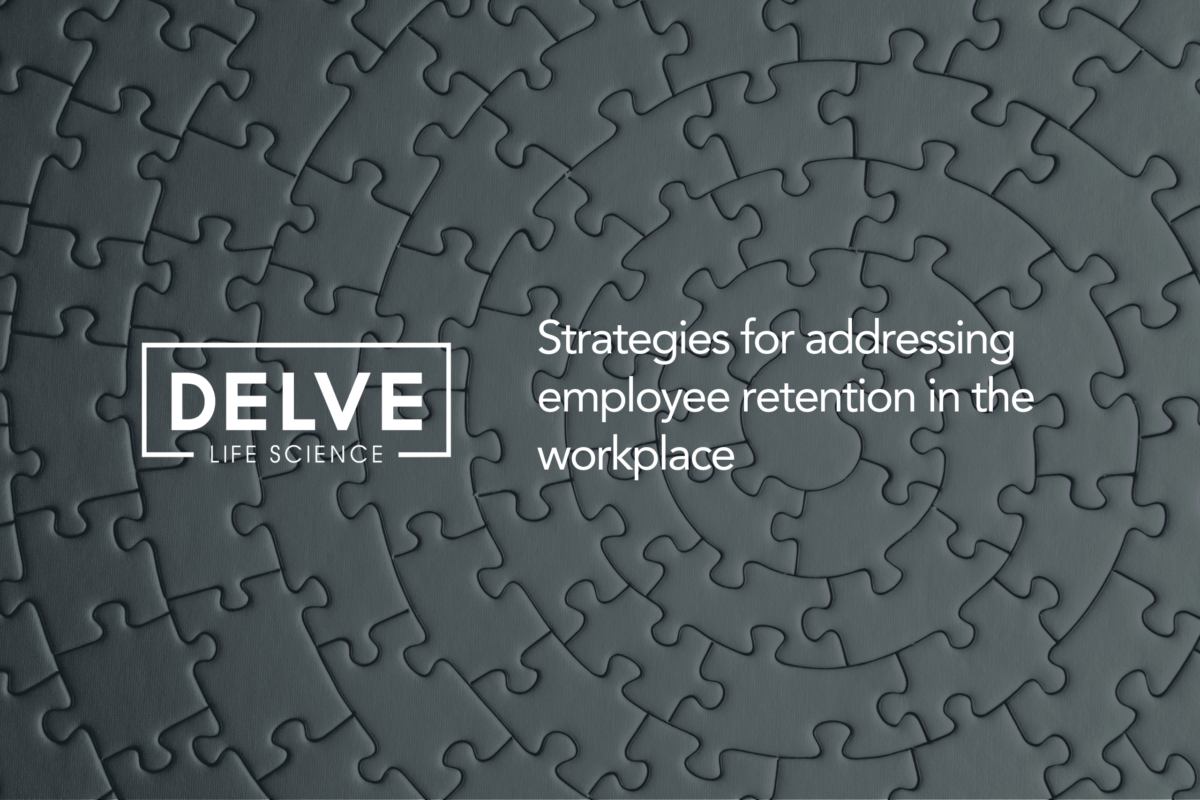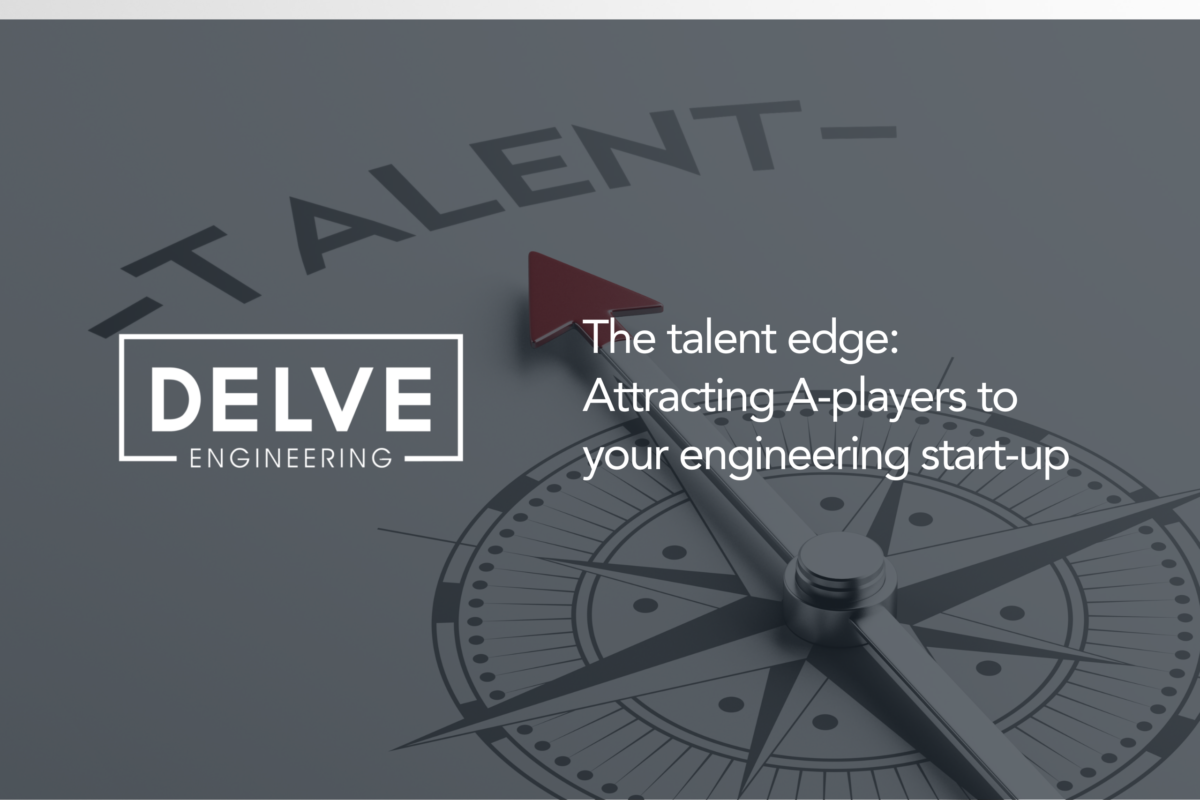
What problems do Delve Search solve for their customers?
By Gareth Foden
When people talk about recruitment, hiring or even retention of talent they often do so with a twinge of pain on their face. But… if we look at some of the most successful organisations in the world, their leaders all put the company’s success down to one thing – the people.
So how can such a critical component of a business be so painful for the vast majority? Simply put, in most cases recruitment just isn’t done that well. It can be a poor effort from the recruiter, poor interviewing from the line management team or even a complete bluff from the candidate during the interview process which means the company haven’t hired the person they thought.
Here we explore four of the common problems we come across and how we work to solve them.
Stakeholder alignment – This is a significant factor within the hiring process and helps customers solve the problem of wasted time. Without stakeholders being in agreement as to what type of person and skills they are in the market for the process will invariably fall down at some point. This can mean a lot of wasted time for the candidate but also the people involved in the interviews from the company’s side. Often these people are in positions of power and have salaries to go with it – wasting hours in pointless interviews just doesn’t make sense. Delve have a clear front end process designed to align stakeholders and ensure that everyone is on the same page before the search is launched.
Transparency – We often hear complaints from potential customers who have spoken to recruitment providers but never hear from them again. In other words, when the going gets tough the recruiter will vanish without a trace. Our solution to this is to work in a complete search manner. This means that all workbooks are shared in real-time with the client, weekly steering calls are also implemented to keep things on track, capped off with interview note disclosure – meaning as a customer you see what we see. No hiding place.
Time to hire – It’s often recognised that vacancies can be open for months on end without a solution. This can cause significant issues internally and result in deadlines being missed, sales targets not being hit and even current team members being overworked. At Delve we work on a project basis and aim to resolve this conflict by working to clear, measurable deadlines. This allows our customers to have a feeling of control with their timeline and gives reassurance that their priority is our priority.
Proactive search and engagement – One of the first questions we are asked by prospect customers is “how many candidates are on your database”. The reality is the days of rolodex or database recruitment are long behind us. Candidates are extremely fluid and have an overwhelming choice coming directly to their phone with tools like LinkedIn jobs, Google jobs & more. We work in a proactive manner to engage the top talent for that specific search, and find this has been far more fruitful for our customers. It also means that suitable applicants get a far better experience as they are only being contacted about positions that are suitable for them.
Get in touch to see how Delve Search can transform your hiring process and take the first step towards painless, effective recruitment.
Call: +44 (0)1606 212020
Email: info@delverec.com
Linkedin: Delve Search
Share This Blog
Recent Articles

Technical vs. Leadership career paths

The hidden engine of Germany’s innovation: Why the future of engineering relies on a proactive approach

Networking Tips for Semiconductor Professionals in Europe

Key workforce challenges in the Advanced Engineering sector

Breaking into the Semiconductor Industry: Tips for engineering graduates




















